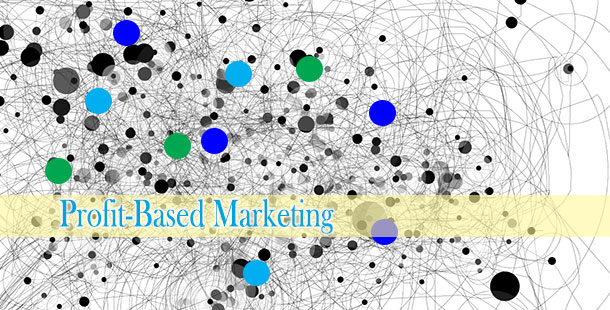Profit-Based Marketing for the Boating Industry – Part Five

Editor’s note: Over the past several weeks, Boating Industry has presented a series of articles by marketing consultant Thaddeus Kubis about adapting to the changing realities of marketing to today’s consumer. This is Part Five – click here to read Part One, Part Two, Part Three and Part Four. The final installment will appear next week.
Everything we discussed up until now is going to be reviewed and measured, and success will be based on results. Results are fleeting; expected results cannot be changed mid-stream. Using our trip analogy, think about changing course halfway into your boating adventure; the cost, timing, and enjoyment will be affected. Set your return on investment (ROI) and marketing return on investment (MROI) at the start of your effort and keep focused on those goals.
Results
Here is a shocker—not all media and marketing works! You have probably heard the comment, “Half of my advertising/marketing works; I just don’t know which half works.” That is often very true, but in today’s world it does not have to be so. You can now better understand what is working and what is not.
How effective is your use of media, your message, your execution? Is your marketing a profit center or a drain on capital? The only way you can answer these questions is by installing a value-based metric that accurately measures your marketing efforts across all or at least most media. Not only against a sales quota but also against different marketing and media channels. Are your social media efforts (or any of your media plan and marketing communications) achieving their defined goals? Maybe, but based on what metrics? Social and other media alone may have little or no impact on certain categories of age, income, social standing, previous purchases, or particular areas of interest.
Today, nearly every type of media used, legacy or emerging, can be easily and effectively measured. It can be measured to determine return on investment (ROI) or marketing return on investment (MROI) by tracking the dialogue, the engagement process, trending or not, media use, lead generation, conversion of leads to sales. Is this a perfect tool? No, but it is better than no tool at all.
Most marketers look to results, asking “Did we sell anything? The correct questions to ask are “What did we learn from our latest marketing efforts?” and “How will that knowledge assist in converting leads to sales?” Sales are needed, for sure, but sometimes sales are a byproduct of the process of learning. How can we re-purpose the elements of the program that are successful to other segments and reduce or eliminate the components that do not or did not work? Are some your messages working? If so, how can you determine which are and which are not? Do you need to adapt the winning messaging to support those that are weaker or not performing as well?
Yes, results are, in the end, profit driven, but profit needs to be viewed as being more than just monetary. Profit should also be viewed as the gain in knowledge, the increase in your brand exposure or awareness of your product, the level of action that certain segments have, and the potential of your leads or prospects to become buyers. I often recommend to my clients that Information leads to knowledge, knowledge leads to wisdom, and wisdom leads to sales success.
You need to compare your results to that of others within the industry and others in related industries. Today, no industry is a stand-alone. Need an example? Look to home construction. The building of new houses drives multiple other verticals, such as furniture, insurance, improvement, and many more. What verticals define our industry? What about yacht, sailing, and boating club membership, income, size of family, available leisure time? Many related and not-so-directly related verticals will impact your results, BUT (yes a big BUT) if you plan your results projections on solid ground, you will have more realistic expectations. Think about heading out for your boating adventure and finding that you need fuel about half way into the trip. You pull into a marina and discover that they offer only diesel not gas. Oops! Not really. Bad planning. Results are variable, and you must become more aware of the variables and take advantage of that knowledge.
I have a client in a declining vertical that has normally shown new business acquisition rates of 3 percent per year. Yet my client will demand 7 to 15 percent new business increases or fire the sales manager. Yes, there are ways of achieving these high results—purchase a related firm, steal a sales team, etc.—but these are not strategically sound techniques, They build business for the short term when what we all want is long-term growth.
Look for the final installment, Part Six – Buyers next week.
Thaddeus Kubis can be reached at thad.kubis@tifmc.org or 917-597-1891.




